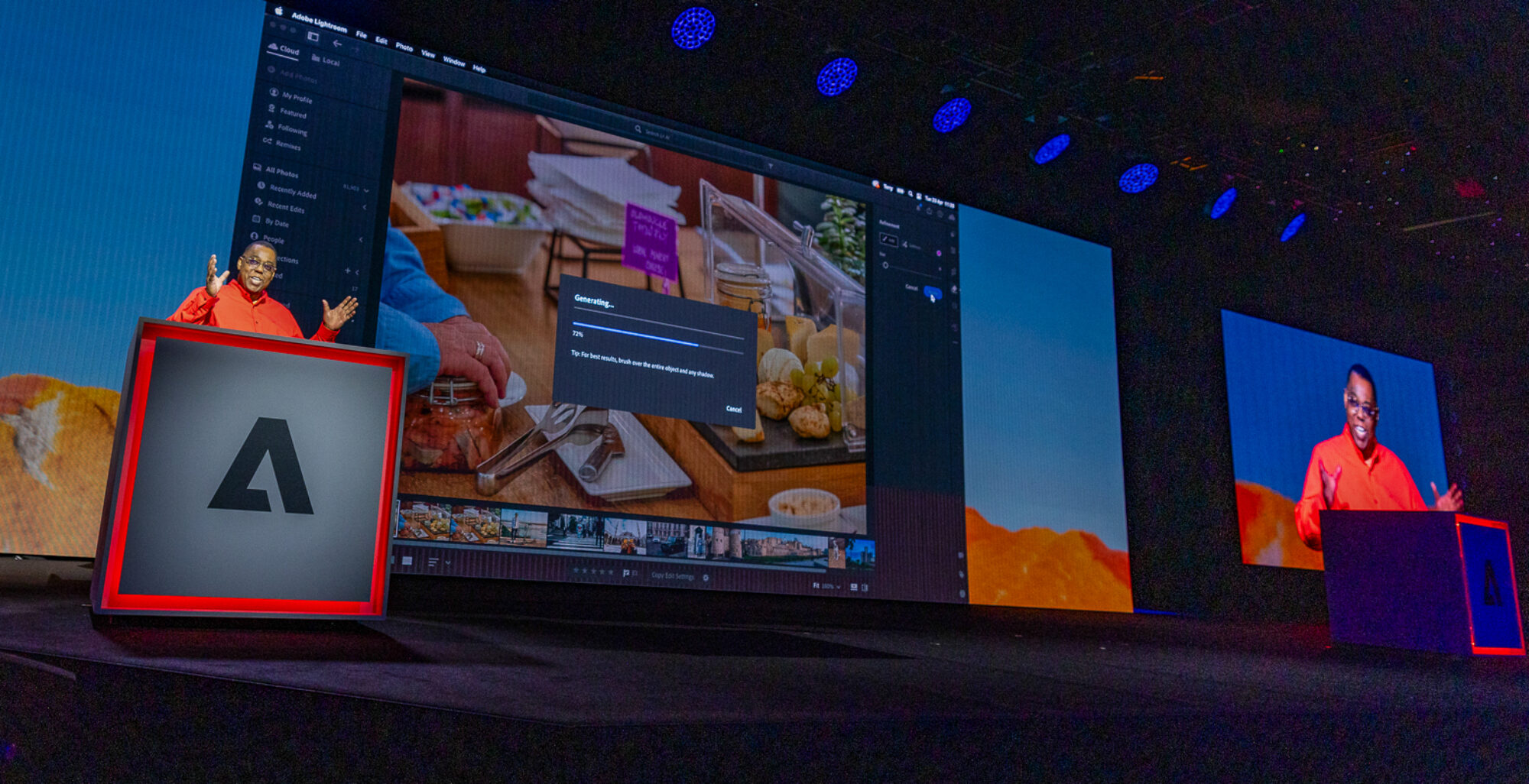Understanding the Rise of Side Computing in Today's Digital World
In the quickly developing landscape of technology, side computing becomes a critical force, improving just how data is refined and utilized. This paradigm change is driven by the proliferation of IoT devices and an escalating demand for rapid data handling. By transitioning data monitoring closer to the resource, edge computer addresses crucial latency problems while optimizing data transfer use and boosting security steps. As industries pivot in the direction of smarter, much more efficient systems, comprehending the subtleties and ramifications of this technological advancement becomes vital. What does this mean for future technologies and the electronic ecosystem as a whole?
What Is Side Computing
Side computing, although a relatively recent improvement in the world of technology, basically changes exactly how information is refined and managed by bringing computation and information storage closer to the area where it is required. Unlike conventional cloud computer designs, which frequently depend on central information facilities that can be geographically far-off, side computing decentralizes data handling. This closeness minimizes latency, improves real-time data processing, and boosts the general customer experience by guaranteeing quicker response times.
At its core, edge computing entails a network of local tools and framework, such as portals, routers, and sensors, capable of processing information at or near the resource. This localized processing capacity is especially essential for applications requiring instant data analysis, such as autonomous cars, industrial automation, and wise cities. In addition, by unloading data handling tasks from central web servers, edge computer minimizes bandwidth demands and enhances information privacy and safety and security, as delicate info can remain on-site as opposed to traversing comprehensive networks.

Secret Chauffeurs of Adoption
A number of aspects are pushing the adoption of edge computer in today's electronic landscape. Among the key motorists is the rapid increase in linked devices, frequently referred to as the Net of Things (IoT) This rise develops vast quantities of information that require to be processed promptly and successfully. Edge calculating addresses this requirement by allowing information handling closer to the information resource, minimizing latency and boosting real-time decision-making abilities.
Another significant vehicle driver is the need for improved data transfer performance. Centralized cloud systems can end up being overloaded with the sheer quantity of data created by IoT tools, causing bottlenecks (Best tech blog). By processing data at the side, companies can minimize network congestion and enhance general system efficiency
Moreover, safety and security and personal privacy problems are pushing organizations toward edge computing. By processing delicate data locally, business can minimize dangers associated with data transmission and exposure to prospective cyber risks.
The increase of applications calling for real-time handling, such as self-governing cars and increased truth, likewise requires the quick response times that edge computing provides. Collectively, these chauffeurs are making side calculating a vital part of modern IT framework, leading the way for its prevalent fostering throughout numerous sectors.
Advantages Over Cloud Computing
Just how does side computing differentiate itself from traditional cloud computer? Mostly, edge computer brings data handling closer to the source of information generation, commonly on regional gadgets or close-by web servers, rather than depending on central data.
Moreover, edge computer boosts data transfer effectiveness (Best tech blog). By processing data in your area, only the needed information is transmitted to the cloud for further evaluation or storage space, lowering the quantity of data that goes across the network. This not only minimizes network congestion however likewise lowers data transmission prices
Side computing also provides enhanced data privacy and security. Delicate information can be processed in your area without being sent to the cloud, reducing the direct exposure to potential cyber dangers. This is specifically advantageous for markets handling confidential details, such as healthcare and monetary solutions.
Moreover, side computer ensures better strength and dependability. Regional processing enables proceeded procedure also when connectivity to the cloud is compromised, keeping crucial functions and services in spite of prospective network disturbances. These benefits collectively show side computer's transformative possibility in optimizing efficiency and safety and security in electronic environments.
Challenges and Considerations
While edge computer uses numerous benefits, it also offers special difficulties and considerations that have see to be addressed to fully realize its capacity. One substantial difficulty is data security and personal privacy. Handling information more detailed to the source enhances the danger of unapproved accessibility, demanding durable file encryption and rigorous safety methods to secure delicate details. Furthermore, managing and checking a decentralized network of edge devices can be intricate, requiring sophisticated tools and methods to guarantee seamless procedure and upkeep.
Another factor to consider is the scalability of edge computer remedies. As the number of linked devices expands, so does the need for refining power at the edge, which can cause source restraints. Organizations needs to carefully intend their framework to fit this development without jeopardizing efficiency or performance.
Interoperability is another important variable. With various hardware and software application parts included, making sure compatibility and seamless combination can be difficult. Standardization efforts are vital to help with communication in between disparate systems.
Future Fads in Side Computer
Anticipating the future, edge computer is poised to change various sectors by allowing much faster information handling and lowering latency. As the quantity of information generated by IoT gadgets proceeds to grow, side computer will certainly end up being significantly important in managing this influx efficiently. One substantial fad is the integration of artificial intelligence at the side, permitting real-time analytics and decision-making without relying upon cloud-based sources. This shift is expected to boost applications in autonomous vehicles, clever cities, and healthcare, where prompt data processing is critical.
Another arising pattern is the advancement of edge-native applications developed specifically to leverage the special capacities of side computing. These applications will optimize performance and source application, resulting in boosted performance across different fields. Moreover, innovations in 5G innovation will certainly further bolster edge computing by offering the required facilities for high-speed, low-latency interaction between tools and edge nodes.
Verdict
Edge computing's rise is driven by the proliferation of IoT devices and the requirement for real-time information handling, which improves effectiveness by minimizing latency and decentralizing data administration. This strategy minimizes bandwidth ineffectiveness and safety issues, helping with improvements in applications like autonomous lorries and wise cities. In spite of obstacles such as framework complexity and integration, the this contact form future of side computing promises an extra responsive digital ecological community, with continued advancements shaping its development and expanding its applicability across industries.
Side computing, although a relatively recent improvement in the world of innovation, fundamentally transforms exactly how data is processed and handled by bringing computation and data storage space closer to the location where it is required. Unlike standard cloud computing designs, which commonly count look at this now on centralized information centers that can be geographically remote, edge computer decentralizes data handling. Furthermore, by unloading information processing tasks from main servers, side computer minimizes bandwidth needs and boosts data personal privacy and safety, as delicate information can stay on-site rather than passing through considerable networks.

 Neve Campbell Then & Now!
Neve Campbell Then & Now! Kelly McGillis Then & Now!
Kelly McGillis Then & Now! Michelle Pfeiffer Then & Now!
Michelle Pfeiffer Then & Now! Raquel Welch Then & Now!
Raquel Welch Then & Now! Meadow Walker Then & Now!
Meadow Walker Then & Now!